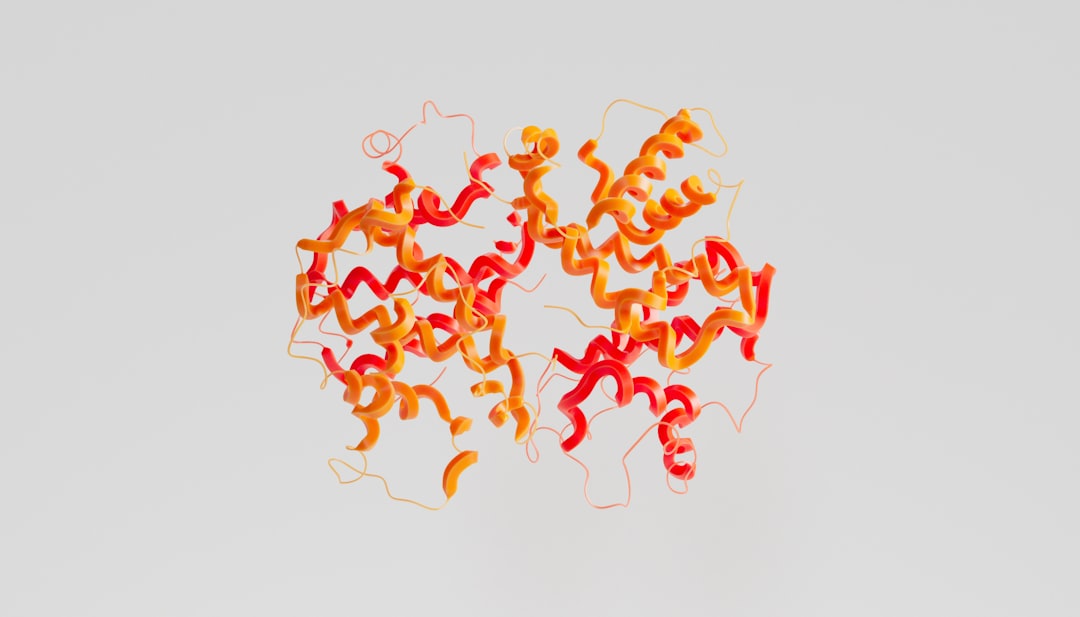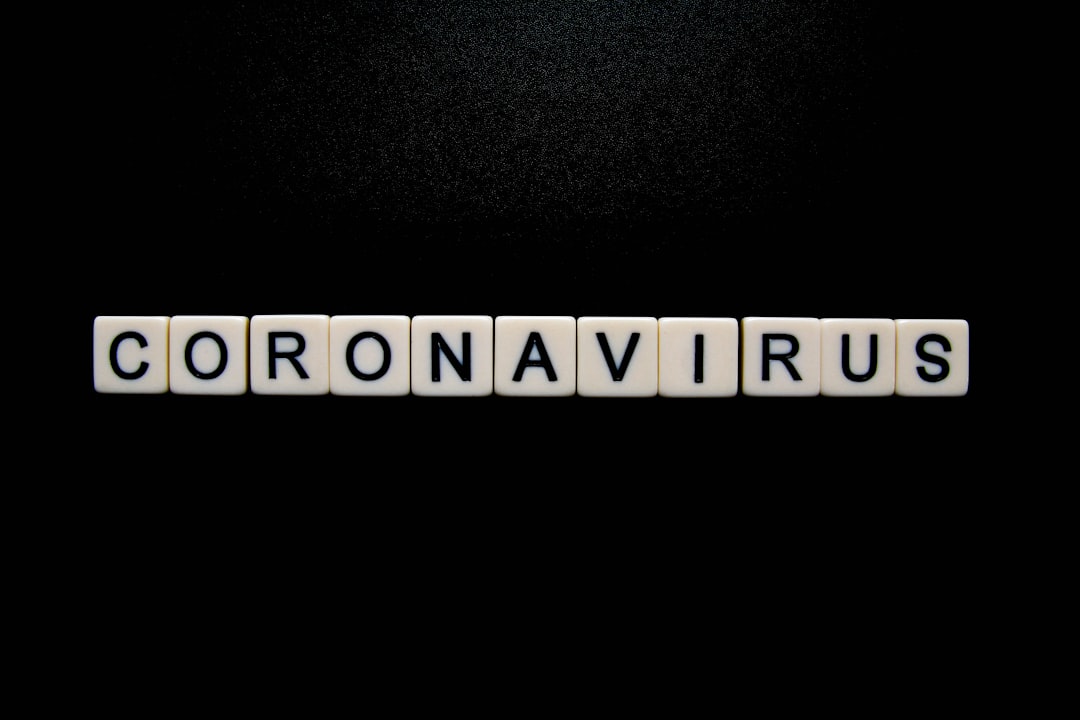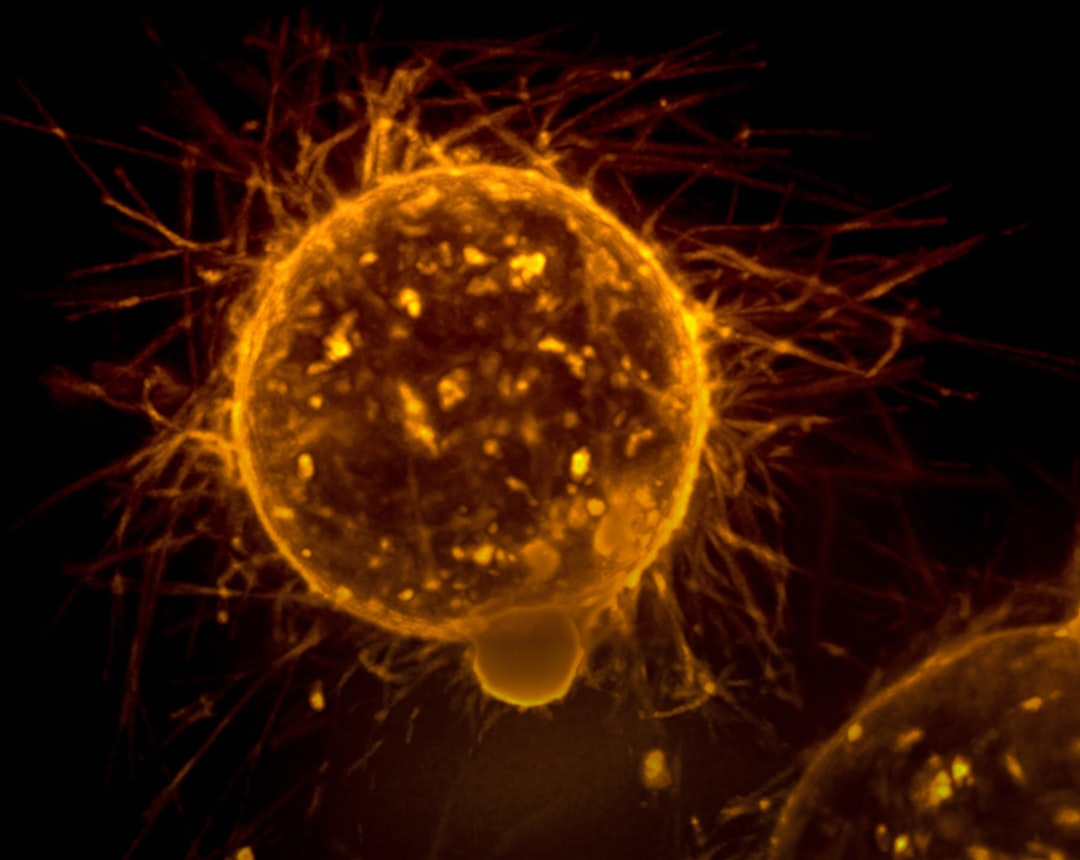What is it about?
Wastewater treatment reduces environmental contamination by removing gross solids and mitigating the effects of pollution. Treatment also reduces the number of indicator organisms and pathogens. In this work, the fates of two coliform bacteria, Escherichia coli and Serratia marcescens, were analyzed in an activated sludge process to determine the main mechanisms involved in the reduction of pathogenic microorganisms during wastewater treatment. These bacteria, modified to express green fluorescent protein, were inoculated in an activated sludge unit and in batch systems containing wastewater. The results suggested that, among the different biological factors implied in bacterial removal, bacterivorous protozoa play a key role. Moreover, a representative number of bacteria persisted in the system as free-living or embedded cells, but their distribution into liquid or solid fractions varied depending on the bacterium tested, questioning the real value of bacterial indicators for the control of wastewater treatment process. Additionally, viable but nonculturable cells constituted an important part of the bacterial population adhered to solid fractions, what can be derived from the competition relationships with native bacteria, present in high densities in this environment. These facts, taken together, emphasize the need for reliable quantitative and qualitative analysis tools for the evaluation of pathogenic microbial composition in sludge, which could represent an undefined risk to public health and ecosystem functions when considering its recycling.
Featured Image
Why is it important?
we consider that it is necessary to review the real value of bacterial indicators for the control of the wastewater treatment process, as their removal patterns are not useful for predicting the behavior of other bacteria
Read the Original
This page is a summary of: Mechanisms involved in Escherichia coli and Serratia marcescens removal during activated sludge wastewater treatment, MicrobiologyOpen, July 2014, Wiley,
DOI: 10.1002/mbo3.196.
You can read the full text:
Contributors
The following have contributed to this page










